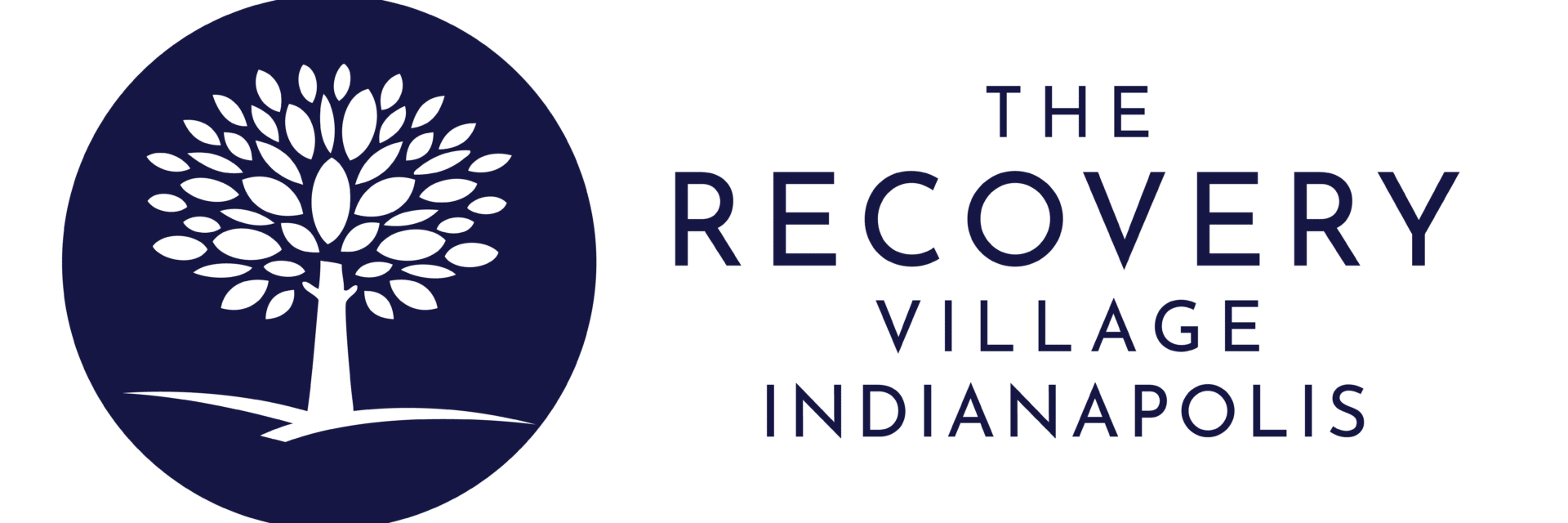Want to listen instead of read? Tune in to this article overview:
Key Takeaways
- Freebase cocaine is a potent form of cocaine that is smoked, leading to rapid and intense effects due to its high bioavailability.
- The term ‘freebase’ refers to the process of freeing the cocaine alkaloid from its hydrochloride salt form, enhancing its potency.
- Freebase cocaine gained notoriety in the late 1970s and 1980s, with increased public health concerns and a rise in crime rates.
- The production of freebase cocaine involves dangerous chemicals and can introduce impurities and adulterants, affecting its potency and toxicity.
- Freebase cocaine’s chemical structure allows it to be absorbed quickly through the lungs, leading to a more intense but shorter-lasting high compared to other forms of cocaine.
- Long-term use of freebase cocaine is associated with severe health risks, including cardiovascular and respiratory issues and cognitive impairments.
Freebase Cocaine Origins and Proliferation
The origins of freebase cocaine can be traced back to the refinement processes of the coca leaf, which have evolved over time. Freebase cocaine refers to a method where the cocaine base is separated from its salt form, allowing it to be vaporized and inhaled. This form of cocaine gained notoriety for its high bioavailability and increased potency when compared to other forms of cocaine.
The chemical process of creating freebase cocaine involves removing the hydrochloride component to produce a substance that is soluble in non-polar solvents like ether but not in water. This process enhances the drug’s potency and changes its method of administration, contributing to its unique and dangerous place in the history of substance abuse.
The Emergence of Freebase Cocaine: A Historical Overview
The historical context of freebase cocaine is deeply intertwined with the patterns of drug use and societal implications of the 1970s and 1980s. Freebase cocaine, a smokeable form of cocaine, emerged as a result of users seeking more potent and rapidly acting methods to consume the substance. Initial reports of freebasing in South America reached the United States in the late 1960s, leading to experimentation among American cocaine users.
This Season, Give Yourself the Gift of a Fresh Start.
Whether you are struggling with addiction, mental health or both, our expert team is here to guide you every step of the way. Don’t wait— reach out today to take the first step toward taking control of your life.
The practice gained notoriety in the 1980s. Media outlets began to report on the trend, with The New York Times first using the term ‘crack cocaine’ in 1985. By 1986, the media had declared crack cocaine usage to be at ‘epidemic proportions,’ with coverage focusing on the dangers and addictive quality of smokable forms of cocaine.
Development and Production of Freebase Cocaine
The development and production of freebase cocaine involve converting cocaine hydrochloride into its base form, a process known as ‘freebasing’. This transformation is achieved by removing the hydrochloride salt from cocaine, which increases the drug’s potency due to its high bioavailability when smoked. The base form of cocaine is insoluble in water but soluble in ether, making it suitable for smoking, a method that delivers the substance rapidly to the brain.
The production process of freebase cocaine can introduce various impurities and adulterants, which may affect the drug’s potency and toxicity. The solvents employed during cocaine production can lead to by-products from hydrolysis, oxidation, or thermo-degradation. Moreover, substances such as baking soda are used to adulterate the product, increasing its volume and altering its effects.
Chemical Structure of Freebase Cocaine
Freebase cocaine stands apart from other forms of cocaine due to its unique chemical structure, which allows for different methods of consumption and effects. The chemical formula for freebase cocaine is C17H21NO4, distinguishing it from its protonated hydrochloride counterpart, C17H22ClNO4.
Unlike cocaine hydrochloride, the freebase form is amenable to smoking due to its lower melting point and higher lipid solubility, which facilitate rapid absorption through the lungs and a swift onset of effects.
Chemical Characteristics
Due to its chemical structure, freebase cocaine has a high bioavailability, meaning a greater proportion of the drug reaches the brain more quickly than other forms of cocaine. This leads to a more intense and immediate ‘high’ but also increases the risk of addiction and acute health risks, including respiratory issues and cardiac complications.
Furthermore, the rapid onset of its effects makes freebase cocaine highly reinforcing, contributing to its high potential for abuse and the serious societal and health consequences associated with its use.
How Freebase Cocaine Wrecks the Human Body
Long-term use of freebase cocaine is associated with severe health risks. Chronic misuse can lead to alterations in brain structure, specifically in areas responsible for reward and emotional regulation. Physical changes include damage to the cardiovascular system, with increased risks of heart attack, stroke and hypertension. Respiratory issues are also common among those who smoke cocaine, potentially leading to lung damage and increased cancer risk. Additionally, cocaine use can impair sexual and reproductive health, and cognitive functions may be affected, with impairments persisting even after abstinence.
The societal cost of freebase cocaine use is substantial, affecting not only individual health but also public health systems and community dynamics. The drug’s addictive nature can lead to a decline in quality of life, mental health issues and strained interpersonal relationships. Given the extensive and potentially irreversible damage to both the brain and body, understanding the full spectrum of freebase cocaine’s effects is crucial for both prevention and treatment efforts.
Immediate Effects of Freebase Cocaine
The immediate physical reactions include a surge in energy, alertness and euphoria, which are the result of increased levels of dopamine in the brain’s reward pathways. However, these sensations are accompanied by significant risks and adverse effects.
Short-term physiological effects of freebase cocaine include:
- Cardiovascular stress: Heightened pulse rate and blood pressure due to elevated norepinephrine levels, which can lead to chest pain, abnormal heart rhythms and in severe cases, heart attack or stroke.
- Respiratory issues: As the drug is typically smoked, it can cause damage to the lungs and respiratory tract, increasing the risk of respiratory distress and lung infections.
- Neurological disturbances: Users may experience restlessness, irritability, anxiety and panic, which can escalate to paranoia or even seizures with higher doses or sensitive individuals.
- Increased risk of sudden events: Even small doses can trigger life-threatening events such as cardiac arrest or seizures, irrespective of the frequency of use.
The intensity of these effects can mask one another, leading users to consume higher quantities to achieve the desired high, inadvertently increasing the risk of overdose. Due to its potent nature, freebase cocaine also carries a higher risk of addiction, making it particularly dangerous.
Long-Term Health Risks
Chronic use of freebase cocaine poses significant and multifaceted health risks. Long-term effects can manifest in various systems of the body, leading to serious and sometimes irreversible damage. Freebase cocaine directly impacts the respiratory system, causing damage to the lungs and mouth and increasing the risk of respiratory failure and various cancers.
Cardiovascular complications are also prevalent, as freebase cocaine is a potent stimulant that can elevate heart rate and blood pressure, potentially resulting in heart attacks, strokes and other cardiovascular diseases. Neurologically, prolonged use of freebase cocaine can lead to cognitive impairments, including issues with memory and decision-making. This is compounded by psychological effects such as depression, anxiety, paranoia and hallucinations.
Societal Consequences of Freebase Cocaine Use
The societal implications of freebase cocaine use are far-reaching and multifaceted, affecting public health, crime rates and social behavior. Reports indicate that the availability of cocaine in new forms, such as freebase, has led to an increase in overdose deaths, underscoring the severe risks associated with its use.
According to the UN Office on Drugs and Crime, lower production costs have resulted in more affordable street prices, which in turn have contributed to a rise in cocaine use. This escalation is linked to a ‘vicious cycle’ of supply and demand, fueling further consumption and the associated societal problems.
Violence and crime are also closely linked to the cocaine trade. The UNODC’s annual drug report highlights the ‘startling levels of violence’ associated with cocaine trafficking, affecting regions worldwide. Organized crime groups exploit drug addiction, perpetuating a cycle of violence and recruitment.
Public Health Implications
The Centers for Disease Control and Prevention (CDC) reports a dramatic increase in drug overdoses, with freebase cocaine contributing to the rise in substance use-related harms. Research from the National Center for Injury Prevention and Control highlights that cocaine is the most commonly reported illicit stimulant used in the U.S., with patterns of use showing significant associations with other substance abuses, such as tobacco, alcohol and prescription drugs.
These co-occurring substance abuses exacerbate public health challenges, including mental health issues and increased risk for diseases like HIV/AIDS and hepatitis, due to practices like injection drug use. Furthermore, the criminalization of drug use, particularly among communities of color, has led to disparities in health outcomes and access to treatment.
Freebase Cocaine Disrupts Social Behavior and Community Dynamics
The use of freebase cocaine has profound effects on social behavior, impacting personal relationships and the wider community. Substance use disorders, including those related to freebase cocaine, are significantly influenced by social factors, which can be both positive and negative. Prosocial behaviors that promote cooperation may be protective, while negative social experiences, like aggression, can increase sensitivity to the rewarding aspects of drugs, potentially leading to escalated use and addiction.
Freebase cocaine use often occurs in social settings, which may reinforce the behavior through peer influence and social learning. On a community level, freebase cocaine use can strain public health resources, alter social interactions and contribute to social instability. It can also influence crime rates and the overall social fabric of affected areas.
Freebase Cocaine Addiction Is Treatable If You Take Quick Action
For those seeking addiction or mental health treatment, The Recovery Village Indianapolis Drug and Alcohol Rehab stands as a beacon of hope. Located within the heart of Indy, we offer an array of treatment options, including medical detox and inpatient rehab for substance abuse and a residential rehab program for mental health disorders.
When you or a loved one are ready to embark on the path to recovery, our Recovery Advocates are here, ready to assist. Reach out to learn more about our tailored treatment programs, designed to cater to your specific needs and situation.


